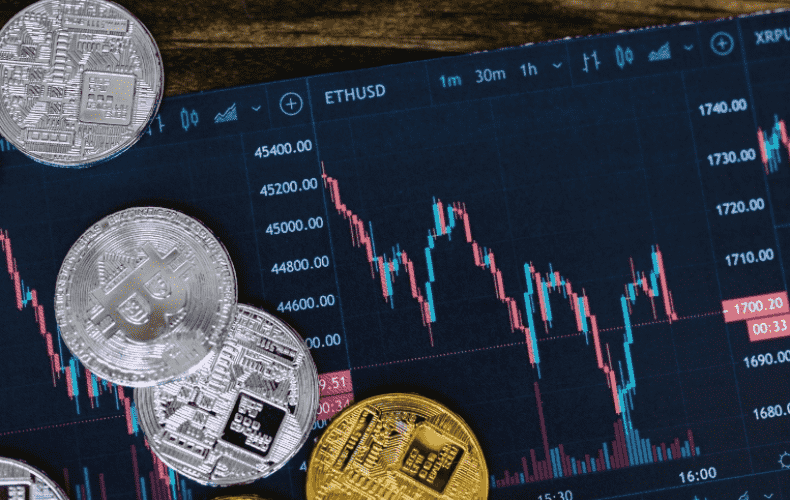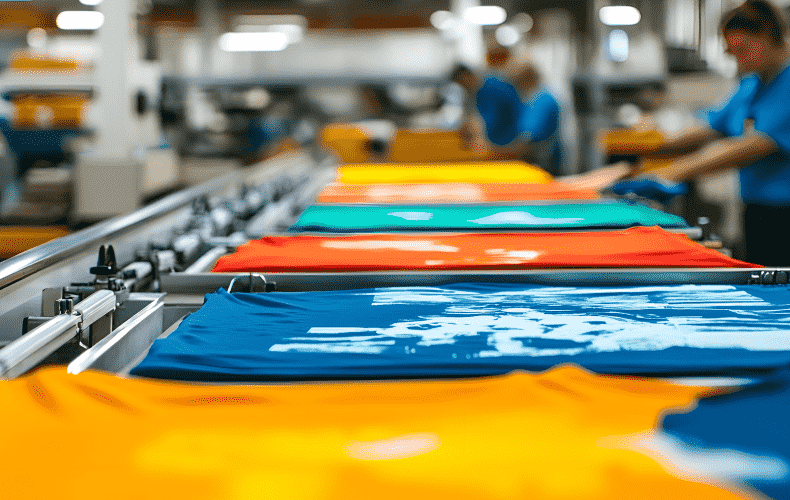Krypto-Rallye verpasst? So entdeckst du vielversprechende Altcoins rechtzeitig
Section: Arts
The European Union has taken a significant step in expanding the use of insects in food by permitting the inclusion of UV-treated insect powder. This new regulation, effective Monday, allows the use of powder derived from the larvae of the mealworm beetle (Tenebrio molitor) in various food products.
Mealworms have been recognized as a food source within the EU for some time. However, the recent approval specifically addresses the UV treatment process, which is intended to enhance the vitamin D content of the powder. Currently, this newly approved insect powder can only be marketed by a specific French company.
Insects have long been accepted for consumption in many regions of the world, and the EU has established protocols for their use in food. Manufacturers wishing to incorporate insects into their products are required to apply for approval, ensuring that any such ingredients are clearly labeled on packaging. The EU Commission has emphasized that consumers retain the freedom to choose their diets, clarifying that there is no obligation to consume insects or worms.
As consumers in the EU continue to express mixed feelings about insect consumption, a recent survey commissioned by food manufacturer Heristo AG revealed that older demographics harbor significant reservations regarding the inclusion of insects in their diets. Despite the skepticism, insects are recognized for their nutritional benefits, being rich in proteins and considered a sustainable food source due to their efficient rearing practices.
However, the use of insects in food products does come with potential health risks, particularly for individuals with allergies. Ensuring consumer safety remains a priority, and all insect-based food products undergo rigorous scientific evaluations before entering the market.
As the food industry evolves towards more sustainable practices, the approval of UV-treated insect powder marks a notable advancement in the exploration of alternative protein sources in European diets.
Section: Arts

Section: Business

Section: Arts

Section: Arts

Section: Business

Section: Business

Section: Arts

Section: Health

Section: Arts

Section: News
Health Insurance in Germany is compulsory and sometimes complicated, not to mention expensive. As an expat, you are required to navigate this landscape within weeks of arriving, so check our FAQ on PKV. For our guide on resources and access to agents who can give you a competitive quote, try our PKV Cost comparison tool.
Germany is famous for its medical expertise and extensive number of hospitals and clinics. See this comprehensive directory of hospitals and clinics across the country, complete with links to their websites, addresses, contact info, and specializations/services.
Join us for an enchanting evening dedicated to the theme of love, featuring the vibrant sounds of flamenco, rumba, and romantic ballads. Ricardo Volkert & Ensemble will present 'Amor! Amor! Amor!', a celebration of love through passionate guitar melodies, virtuosic cello and bandoneon...



No comments yet. Be the first to comment!